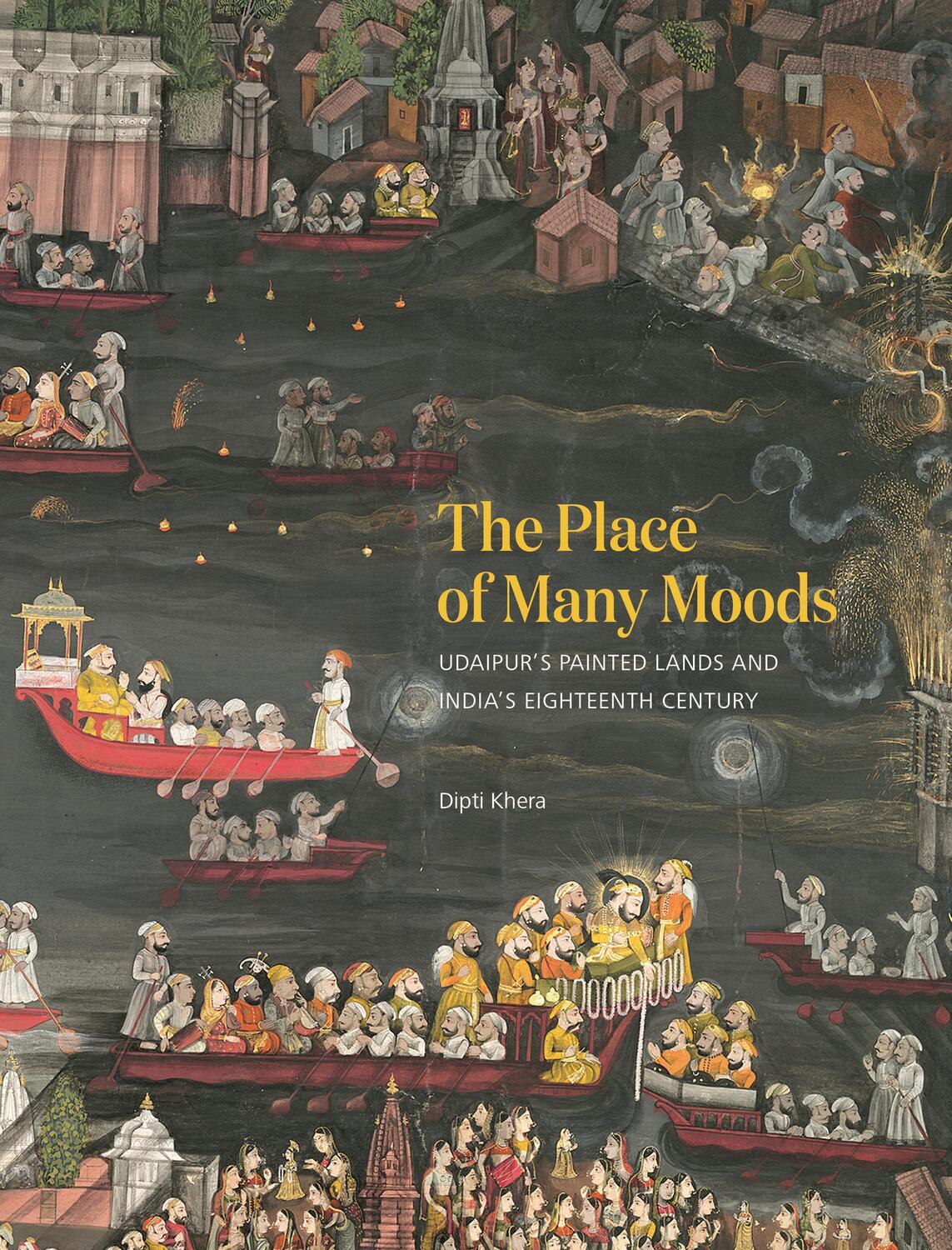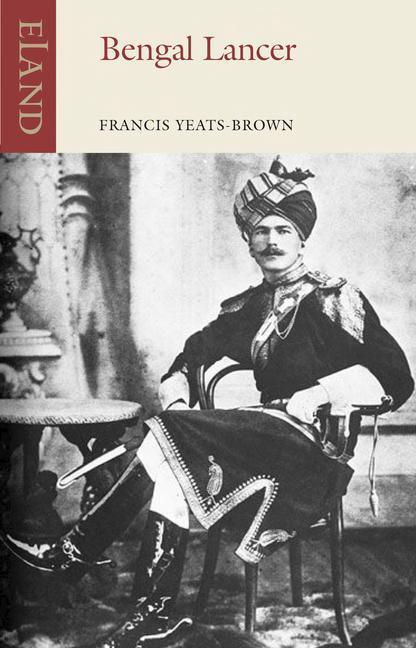Dekorationsartikel gehören nicht zum Leistungsumfang.
Sprache:
Englisch
76,45 €*
Versandkostenfrei per Post / DHL
Lieferzeit 1-2 Wochen
Kategorien:
Beschreibung
"India retains one of the richest painting traditions in the history of global visual culture, one that both parallels aspects of European traditions and also diverges from it. While European artists venerated the landscape and landscape paintings, it is rare in the Indian tradition to find depictions of landscapes for their sheer beauty and mood, without religious or courtly significance. There is one glorious exception: Painters from the city of Udaipur in Northwestern India specialized in depicting places, including the courtly worlds and cities of rajas, sacred landscapes of many gods, and bazaars bustling with merchants, pilgrims, and craftsmen. Their court paintings and painted invitation scrolls displayed rich geographic information, notions of territory, and the bhåava, or feel, emotion, and mood of a place. This is the first book to use artistic representations of place to trace the major aesthetic, intellectual, and political shifts in South Asia over the long eighteenth century. While James Tod, the first British colonial agent based in Udaipur, established the region's reputation as a principality in a state of political and cultural deterioration, author Dipti Khera uses these paintings to suggest a counter-narrative of a prosperous region with beautiful and bountiful cities, and plentiful rains and lakes. She explores the perspectives of courtly communities, merchants, pilgrims, monks, laypeople, and officers, and the British East India Company's officers, explorers, and artists. Throughout, she draws new conclusions about the region's intellectual and artistic practices, and its shifts in political authority, mobility, and urbanity"--
"India retains one of the richest painting traditions in the history of global visual culture, one that both parallels aspects of European traditions and also diverges from it. While European artists venerated the landscape and landscape paintings, it is rare in the Indian tradition to find depictions of landscapes for their sheer beauty and mood, without religious or courtly significance. There is one glorious exception: Painters from the city of Udaipur in Northwestern India specialized in depicting places, including the courtly worlds and cities of rajas, sacred landscapes of many gods, and bazaars bustling with merchants, pilgrims, and craftsmen. Their court paintings and painted invitation scrolls displayed rich geographic information, notions of territory, and the bhåava, or feel, emotion, and mood of a place. This is the first book to use artistic representations of place to trace the major aesthetic, intellectual, and political shifts in South Asia over the long eighteenth century. While James Tod, the first British colonial agent based in Udaipur, established the region's reputation as a principality in a state of political and cultural deterioration, author Dipti Khera uses these paintings to suggest a counter-narrative of a prosperous region with beautiful and bountiful cities, and plentiful rains and lakes. She explores the perspectives of courtly communities, merchants, pilgrims, monks, laypeople, and officers, and the British East India Company's officers, explorers, and artists. Throughout, she draws new conclusions about the region's intellectual and artistic practices, and its shifts in political authority, mobility, and urbanity"--
Über den Autor
Dipti Khera
Über den Autor
Dipti Khera
Warnhinweis









